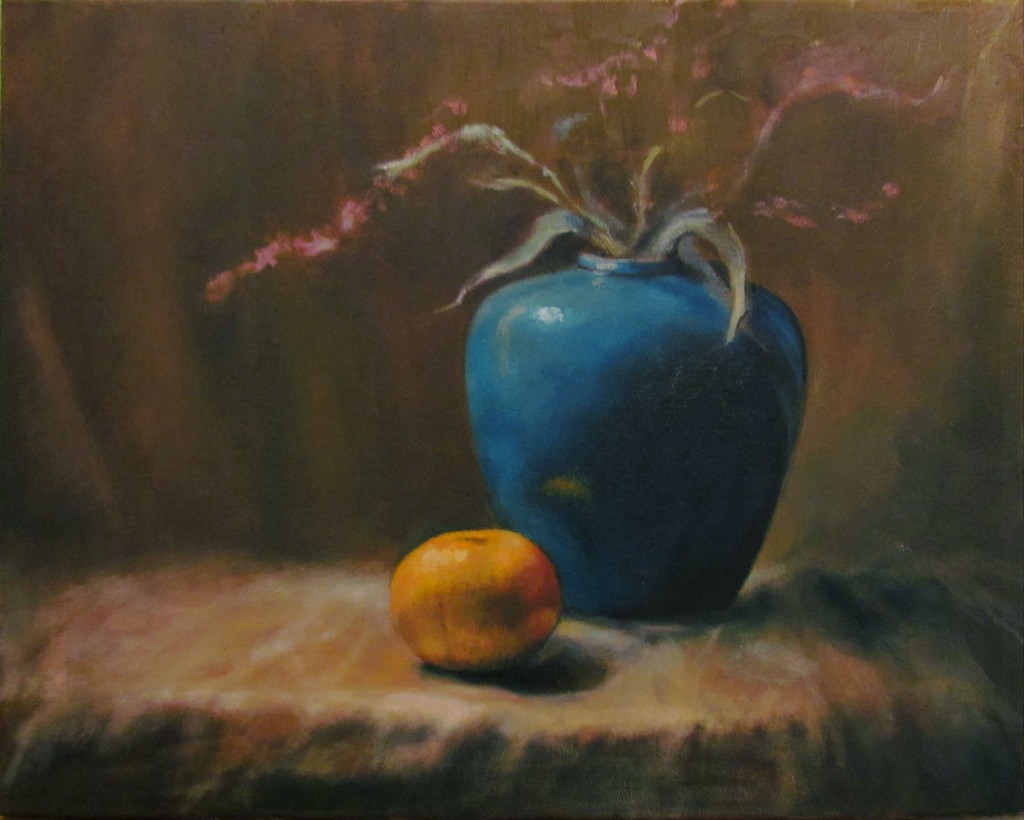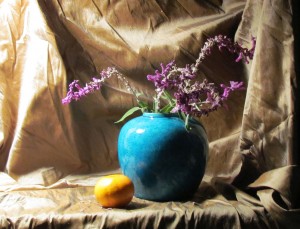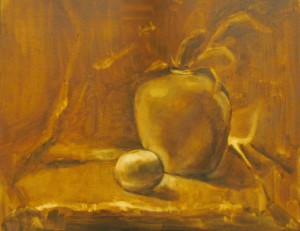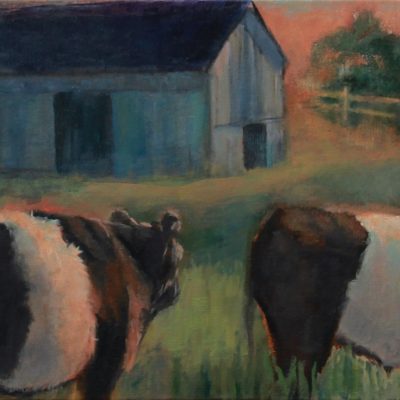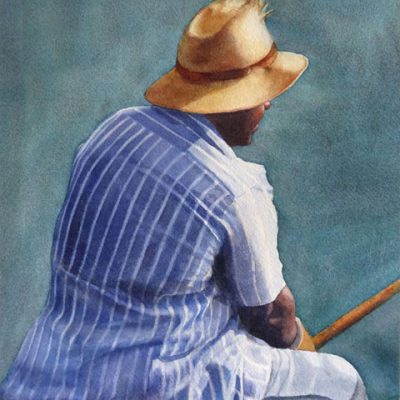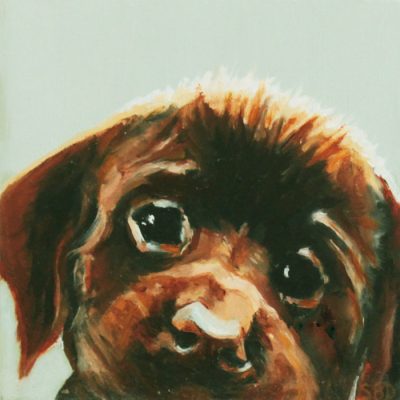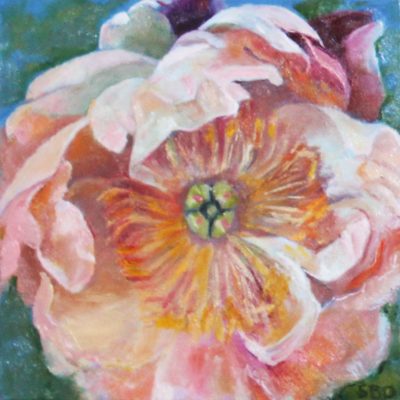I’ve not done very many paintings in oil, nor am I a still life painter, but I recently took a workshop with Chris Groves, a very talented, Charleston-based painter, and above is the result.
Oils are messy! But I LOVE that you can change up, reposition, and recolor, which is much more difficult to do with watercolors. I love the transparency of watercolors, but I love the texture and freedom with oils. They each have their own beauty. My only obstacle yet is to find the medium with which I can create line, which is my first love. I’m pushing to find where I can create what’s on my heart with which medium with the greatest effect. I truly welcome comments, critical or otherwise!
The idea was to set up the still life in a box with a light aimed on the subject creating a dramatic effect of light and dark, a technique known as “chiaroscuro,” a method perfected by Rembrandt.
Here the still life is set up in a box using fabric and draped behind the vase and orange. The light is affixed on the left side of the box aimed at the vase and orange. The drama is set!
We first chose a color palette, from which I deviated enormously, so I didn’t include it. We next lay in a reddish/brown pigment on the canvas, and lifted paint with paper towels while it was still wet to create the values (from light to dark), and the composition.
Here I’m laying in blocks of color, and trying to figure out what I’m going to do with all that fabric on the left side of my painting. Where do I want the focal point to be? Am I creating contrasts using only lights and darks? I want to remember to use cools against warm (the orange against the vase) to create contrast. You also have to consider that, even if you like something about a painting, you might need to eliminate it as it adds nothing. I was attracted to the shadow to the right of the vase, but I had to tone it back as it was drawing the eye there rather than to the vase and the orange.
This picture shows my workspace with the still life in the distance.  This was only a three-day workshop (six hours/day), so you have to work relatively quickly.
Now it’s getting to the hard part – looking critically at the composition and contrasts. Am I creating enough light and dark? Is the background staying back or competing with the foreground? Is everything too much in the “middle ground?” How do I  make the vase sit on the fabric; are the shadows convincing? These and many others are questions that go repeatedly around in my mind. How much reflection should the orange create? This is where I make my own decisions, and am no longer looking at the still life. I want the warm of the orange in the fabric, although it’s really not there. How far do I push it? Is the brown in the background a warm brown or cool? The shadow in the fabric as it turns towards the floor needs to be warm in order to come forward in front of the blue vase.
This is the final piece! In the painting, the vase is more aqua but I need to invest in a better camera… I hope I’ve given you some indication of how difficult painting can really be. It’s a shortcut, for me, to brain implosion. I don’t do landscapes because there are so many decisions to make, so many colors, so many lines, so many blocks of shade and light. Perhaps, when I’m more adept, one day I’ll attempt one and succeed. This painting, however, was great fun, and I felt somewhat successful.
We’ve finally settled into our new home. My studio is presently in the dining room….I like that it’s next to the kitchen…
HAPPY THANKSGIVING TO EVERYONE!
To Purchase any of my work, please phone 1-912-223-8674 or email me from my contact page. Thanks!


